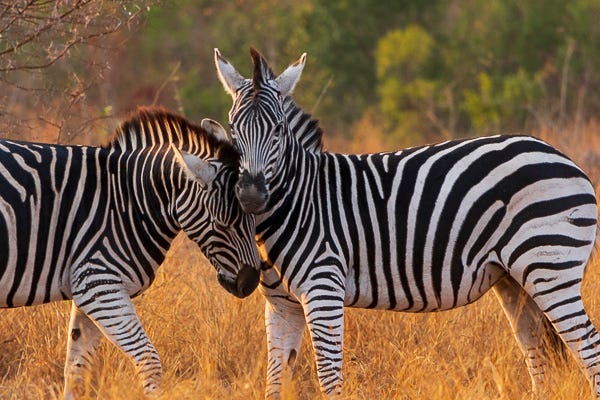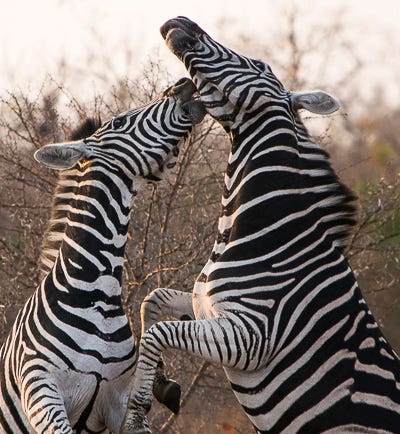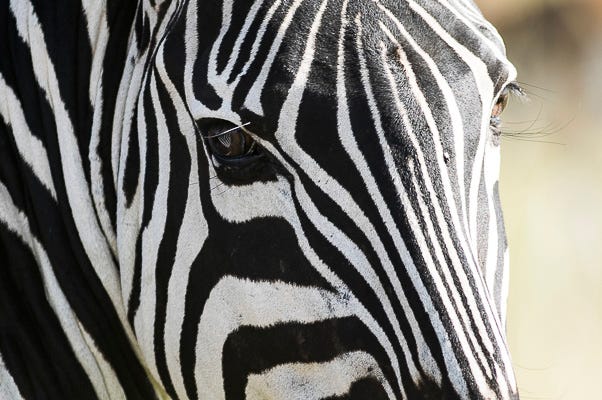So this one is totally dorky, but here goes:
Maybe some of you will know or remember Stephen Wolfram, the guy who came up with his own, all-encompassing theory of physics a while ago? His software, Wolfram Alpha, is pretty much ubiquitous in math and physics departments, but he wasn’t satisfied with that achievement. About twenty five years ago or so, he sequestered himself away from both his software firm and the rest of the world and came up with what became the New York Times best-selling book, A New Kind of Science, published in 2002.
The idea was that small rules, when played out, become very complex very quickly. Kind of like lines of code making fractals, but less regular, even more complex.
Rule 30 is by many measures the simplest cellular automaton that generates randomness from a single black initial cell. But there are other simple examples—that historically I noticed slightly earlier than rule 30, though did not study—that occur in k = 2k = 2, r = 2r = 2 totalistic rules. And indeed among the 64 such rules, 13 show randomness. An example shown below is code 10, which specifies that if 1 or 3 cells out of 5 are black then the next cell is black; otherwise it is white. From A New Kind of Science, Code 10.
Scientific American took a look back at the book in 2020, and more-or-less panned it. It appealed to the public, they wrote, but the science didn’t work.
‘The experimental predictions of [quantum physics and general relativity] have been confirmed to many decimal places—in some cases, to a precision of one part in [10 billion],’ says Daniel Harlow, a physicist at the Massachusetts Institute of Technology. ‘So far I see no indication that this could be done using the simple kinds of [computational rules] advocated by Wolfram. The successes he claims are, at best, qualitative.’ …
Unsurprisingly, Wolfram disagrees. He claims that his model has replicated most of fundamental physics already. ‘From an extremely simple model, we’re able to reproduce special relativity, general relativity and the core results of quantum mechanics,” he says, “which, of course, are what have led to so many precise quantitative predictions of physics over the past century.’
Why am I bringing all of this up here? Because what interested me, personally, the most about Wolfram’s theory wasn’t the physics, about which I know practically nothing, it was the biology.
When he said he was inventing a new kind of science, he wasn’t kidding. He also went after Darwin.
I mean, not completely. Natural selection still has a place in Wolfram’s world. But so, too, does randomness.
This was at a time when I stopped watching so many nature documentaries. I still don’t watch nearly as many as I used to, and I think it’s because I’m always annoyed by the “Just So Stories” that they so often try to tell.
Butterflies are pretty to attract a mate. Or to warn predators. Or … well, that’s it really. That’s their lot in life, mating and avoiding predators. And eating, of course. Those are the three stories trotted out in just about all nature documentaries, the reason why any animal has any feature under the sun. No matter how bizarre, that feature is there to attract a mate, or to eat, or it has something to do with predators.
But what do you do with the zebra?
Zebras have always bothered me. No matter how much you tell me that large cats are color blind and so the stripes of the zebra kind of camouflage with the moving grass as they run … I’m sorry, what? Just … no. They don’t.
Can we stop lying to ourselves? Can we admit that sometimes picking from one of three stories does not explain the development of all the features of every creature on earth? Even saying, oh there’s this leftover random thing like an appendix on this particular animal doesn’t fully account for a zebra’s stripes because surely, if anything, their stripes make them stand out from their environment rather than camouflage with it. Nature should select against the stripes.
It always seemed to me that the development of life was more complex than our framework allowed for.
And now, here was this guy, saying you know what, if you start with a very simple set of code as if it were cells, within 100 steps you would end up with this very complex form. Completely random “life” that then would be subject to the pressures of natural selection. I was fascinated.
Examples of three-color totals of totalistic that yield patterns with seemingly random features. Three hundred steps of evolution are shown in each case. From A New Kind of Science, pg. 64.
My brilliant friend Michèle knitted me and Michael a blanket with one of Wolfram’s patterns on it for our wedding. No — she knitted two after the first one was stolen from our front steps because she’s not only brilliant, but also amazing. I am, and will always remain, awestruck.
But as it turns out, that there’s a very concrete reason for the zebra’s stripes — though it doesn’t have to do with food, or finding a mate, or avoiding predators.
I was reading along in Ed Yong’s An Immense World, when I ran across a footnote that appears to answer this question of mine — one that has haunted me for more than two decades:
So why are zebras striped? Caro has a definitive answer: to ward off bloodsucking flies. African horseflies and tsetse flies carry a number of diseases that are fatal to horses, and zebras are especially vulnerable because their coats are short. But stripes, for some reason, confuse the biting pests. By filming actual zebras, as well as normal horses dressed in zebra-striped coats, Caro showed that flies would approach the animals and then fumble their landings. It’s not yet clear why this happens.
So I guess I was right — the whole zebra-stripes-really-are-camoflage-can’t-you-see-it-if-not-you’re-an-idiot thing really was bullshit. But on the other hand, it isn’t total randomness either. There’s a concrete reason, and we can call it Story 4: Pest Control. I bet there are a lot of other stories too, stories we haven’t yet thought of.
I’m not qualified to weigh in on the Wolfram debate — arguably, I’m not qualified to weigh in on any of this — but I thought y’all might be interested in knowing how this nature question has haunted me my whole life, how it drove me into the arms of an interesting (but possibly dubious) philosopher-physicist, and how I’m coming out on the other side with a little more knowledge about zebras and maybe even a little more knowledge about life.
Do you have a question about nature that haunts you? If so, please let me know, and have a wanderful week. (Oh, and please do share this post with your friends! Thanks!)











I don't know enough to have a valid opinion, but I don't subscribe to the Dawkins theory of viewing all life as driven by a personification of genes. I think life is more complicated, even at scale. Plenty of creatures thrive with adaptations that seem to reduce their survival. And our view seems hacked to fit our belief that nature is red in tooth and claw, that nothing cooperates, and that's why we must endure capitalism. Except that many trees and mycorrhizal fungi need each other to survive, as I'm reading in Suzanne Simard's Finding the Mother Tree. That doesn't jibe with the ruling class's religion of every person for themself. Except many animals act as "uncles" and "aunts" even when they don't share genetic material with the children they are helping. Except...
Obviously I believe in evolutionary theory, I just think many latched onto the "social Darwinism" angle, which is the religion of capitalism, and one side continually justifies the other, even when the evidence is contrary. I can't wait to read Bitch: On the Female of the Species, because the mental acrobatics that male scientists have used to justify many of their theories is quite similar.
I have also always wondered about the zebras' stripes! I used to read one of Ruth Heller's "How Do You Hide" books to my students every year that shows a zebra "camouflaged" behind a tree, and I would think- uh, we can all see the zebra standing there very clearly. I'm now looking forward to reading An Immense World. Thank you!